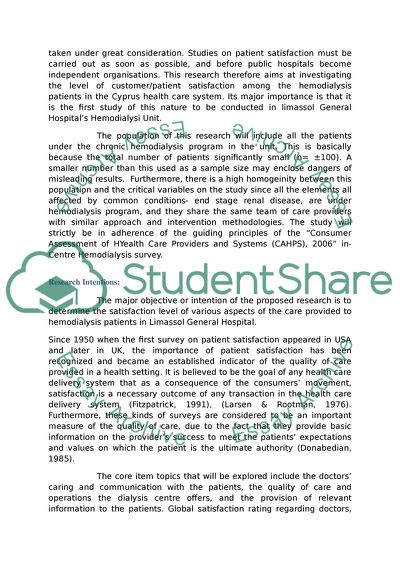Cite this document
(Patients Satisfaction with the Care They Receive Research Proposal, n.d.)
Patients Satisfaction with the Care They Receive Research Proposal. Retrieved from https://studentshare.org/health-sciences-medicine/1724621-k824-eca
Patients Satisfaction with the Care They Receive Research Proposal. Retrieved from https://studentshare.org/health-sciences-medicine/1724621-k824-eca
(Patients Satisfaction With the Care They Receive Research Proposal)
Patients Satisfaction With the Care They Receive Research Proposal. https://studentshare.org/health-sciences-medicine/1724621-k824-eca.
Patients Satisfaction With the Care They Receive Research Proposal. https://studentshare.org/health-sciences-medicine/1724621-k824-eca.
“Patients Satisfaction With the Care They Receive Research Proposal”, n.d. https://studentshare.org/health-sciences-medicine/1724621-k824-eca.


